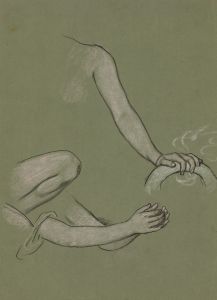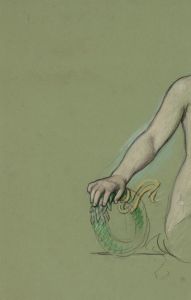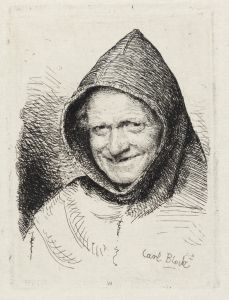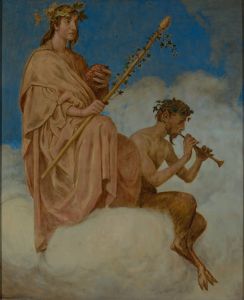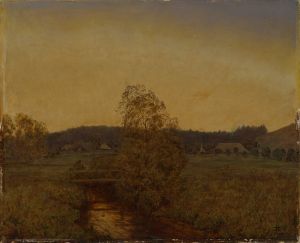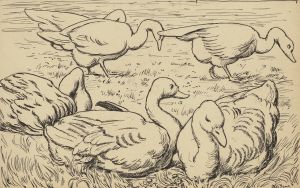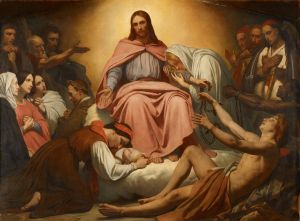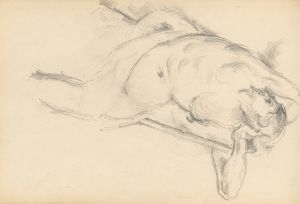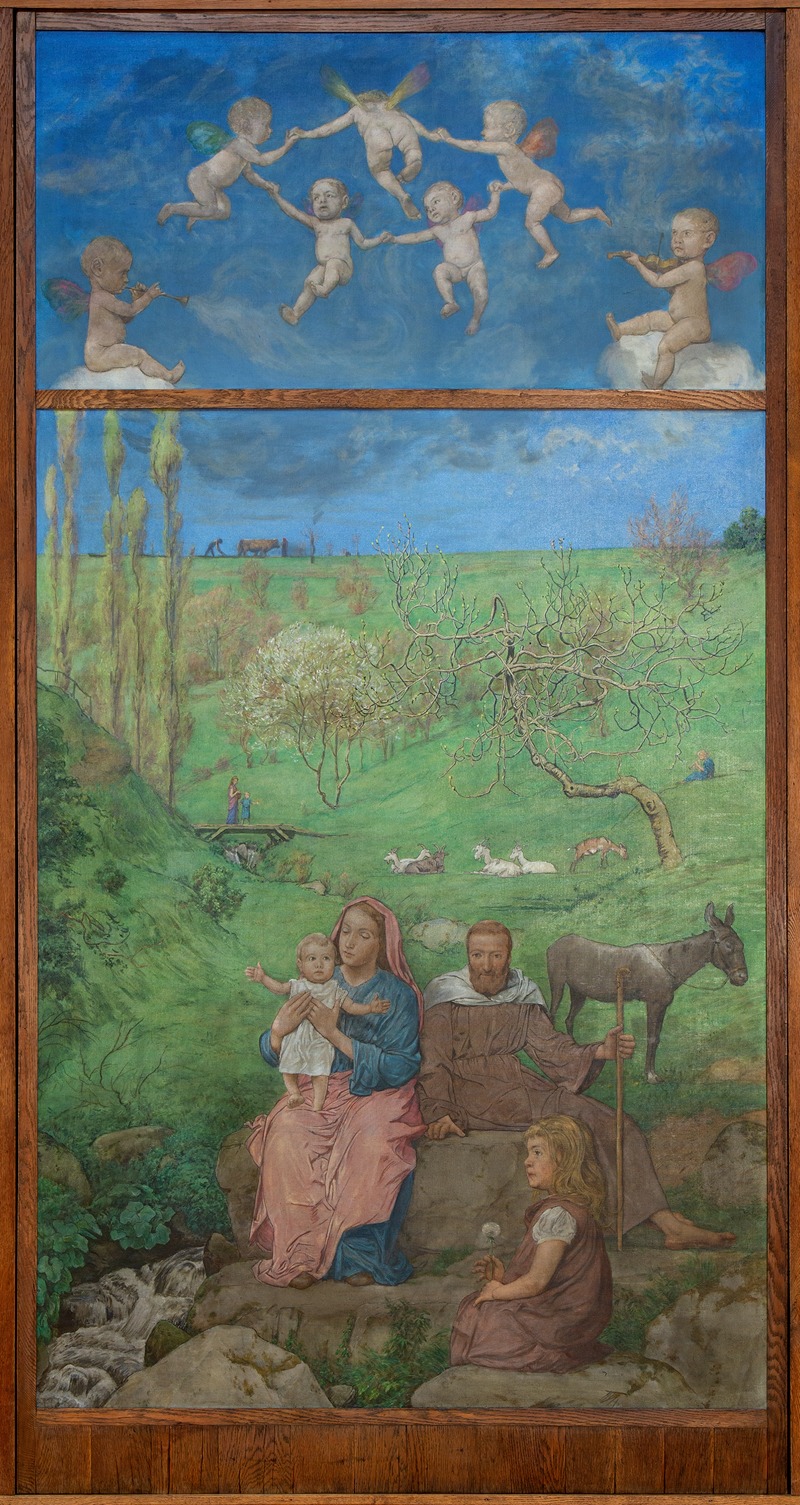
Ruhe auf der Flucht
A hand-painted replica of Hans Thoma’s masterpiece Ruhe auf der Flucht, meticulously crafted by professional artists to capture the true essence of the original. Each piece is created with museum-quality canvas and rare mineral pigments, carefully painted by experienced artists with delicate brushstrokes and rich, layered colors to perfectly recreate the texture of the original artwork. Unlike machine-printed reproductions, this hand-painted version brings the painting to life, infused with the artist’s emotions and skill in every stroke. Whether for personal collection or home decoration, it instantly elevates the artistic atmosphere of any space.
Hans Thoma's painting Ruhe auf der Flucht (translated as Rest on the Flight into Egypt) is a work by the German painter Hans Thoma, a prominent figure of the 19th-century art scene. Thoma, born in 1839 in Bernau in the Black Forest region, is known for his landscapes, portraits, and religious-themed works, often characterized by their simplicity and connection to nature.
Ruhe auf der Flucht depicts a scene from the biblical story of the Holy Family's flight into Egypt, as described in the Gospel of Matthew. The painting portrays Mary, Joseph, and the infant Jesus resting during their journey to escape King Herod's persecution. This theme has been a popular subject in Christian art for centuries, often serving as a moment of reflection and tranquility amidst the family's perilous journey.
Thoma's interpretation of this scene is notable for its serene and pastoral quality. The composition typically emphasizes the natural surroundings, reflecting Thoma's deep appreciation for the landscapes of his native Germany. His works often blend religious themes with a sense of harmony and connection to the natural world, and Ruhe auf der Flucht is no exception. The figures in the painting are often depicted in a humble and humanized manner, aligning with Thoma's broader artistic style, which sought to make religious subjects more relatable and grounded.
The painting is executed in a style that reflects Thoma's training and influences. He studied at the Karlsruhe Academy of Fine Arts and was influenced by both the Romantic tradition and the Realist movement. His works often exhibit a clarity of form and a subdued color palette, which contribute to their meditative quality. Thoma's art was also shaped by his exposure to the works of earlier German masters, such as Albrecht Dürer, as well as his contemporaries in the 19th-century European art scene.
Ruhe auf der Flucht is housed in the Staatliche Kunsthalle Karlsruhe, a museum in Karlsruhe, Germany, which holds a significant collection of Thoma's works. The museum's collection reflects Thoma's importance as a regional artist and his contributions to German art during his lifetime. His works continue to be appreciated for their unique blend of realism, spirituality, and connection to nature.
This painting remains an example of Thoma's ability to infuse traditional religious themes with a personal and localized sensibility, making it a significant piece within his body of work.





